When Coca-Cola, The Iconic Drink Landed In France, 1950
Coca-Cola was created in 1886 by Dr. John Stith Pemberton in Atlanta, Georgia, as a medicinal tonic containing coca leaf extract and kola nuts. It quickly gained popularity as a nonalcoholic beverage during Prohibition in the 1920s.
By the mid-20th century, Coca-Cola had become a symbol of American culture and capitalism, expanding globally despite challenges like competition and health concerns.
In 1950, Coca-Cola launched a major marketing campaign in France to increase its popularity.
How Coca-Cola came to France
Though the drink had been available since 1919, it was after World War II that Coca-Cola aimed to raise its profile, especially with the growing number of refrigerators in French homes.
Coca-Cola’s history in France dates back to when Raymon Aaron Linton registered the brand and Georges Delcroix began importing it to Bordeaux.
Coca-Cola, originally inspired by a French coca wine, quickly gained popularity as the first major flavorful nonalcoholic beverage. It became even more popular during Prohibition in the United States.
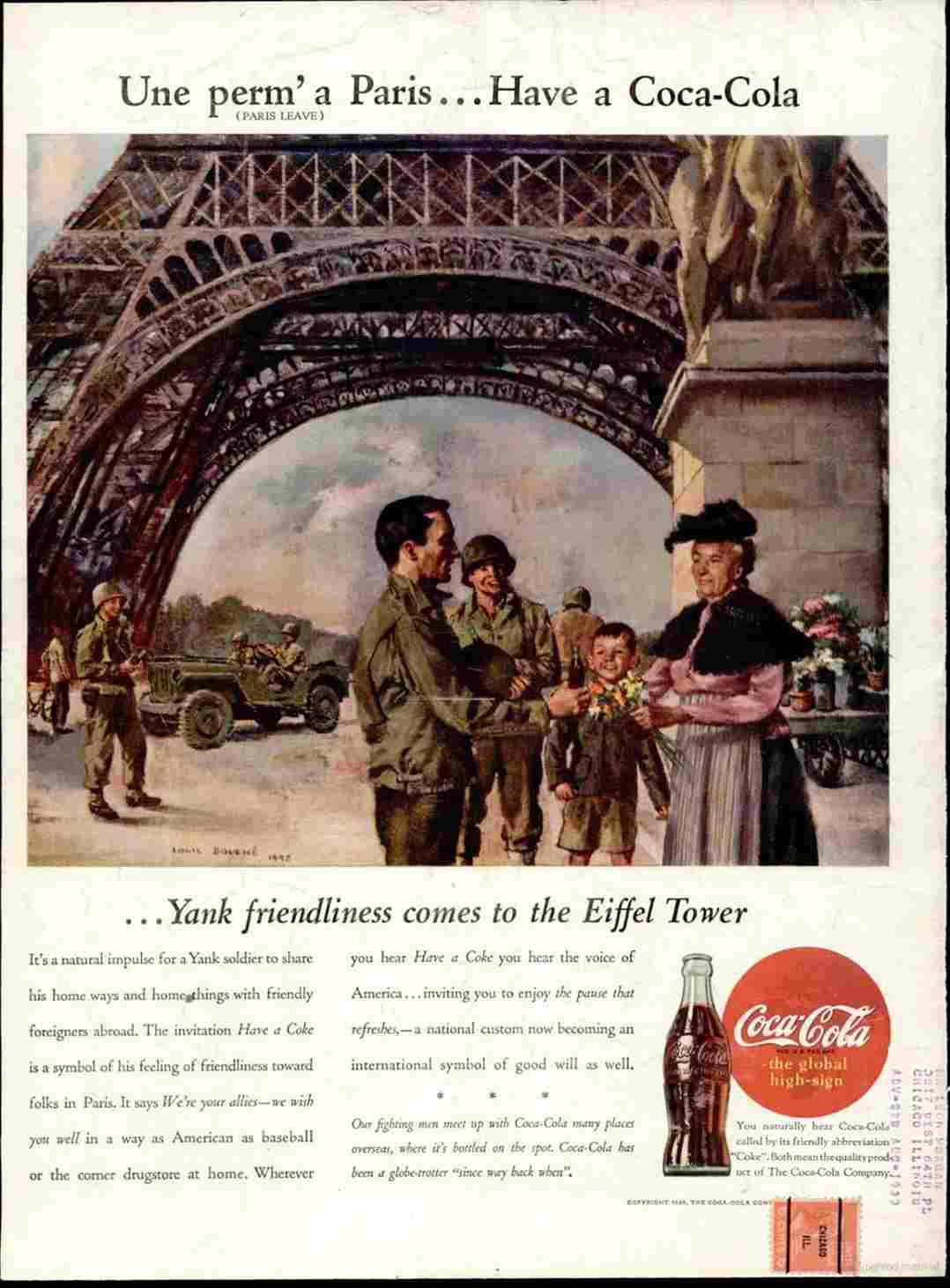
After World War II, with Americans in good favor in France, Coca-Cola decided to start its first official marketing campaign, beginning in Paris.
The campaign aimed to showcase Coca-Cola as a symbol of American capitalism and culture. During the Cold War, it was also a means for America to demonstrate the benefits of a capitalist society over a communist one.
Coca-Cola brought economic benefits to the areas it was marketed in, reinforcing the idea that American products could positively impact local economies.
Initial reactions of French to Coca-Cola
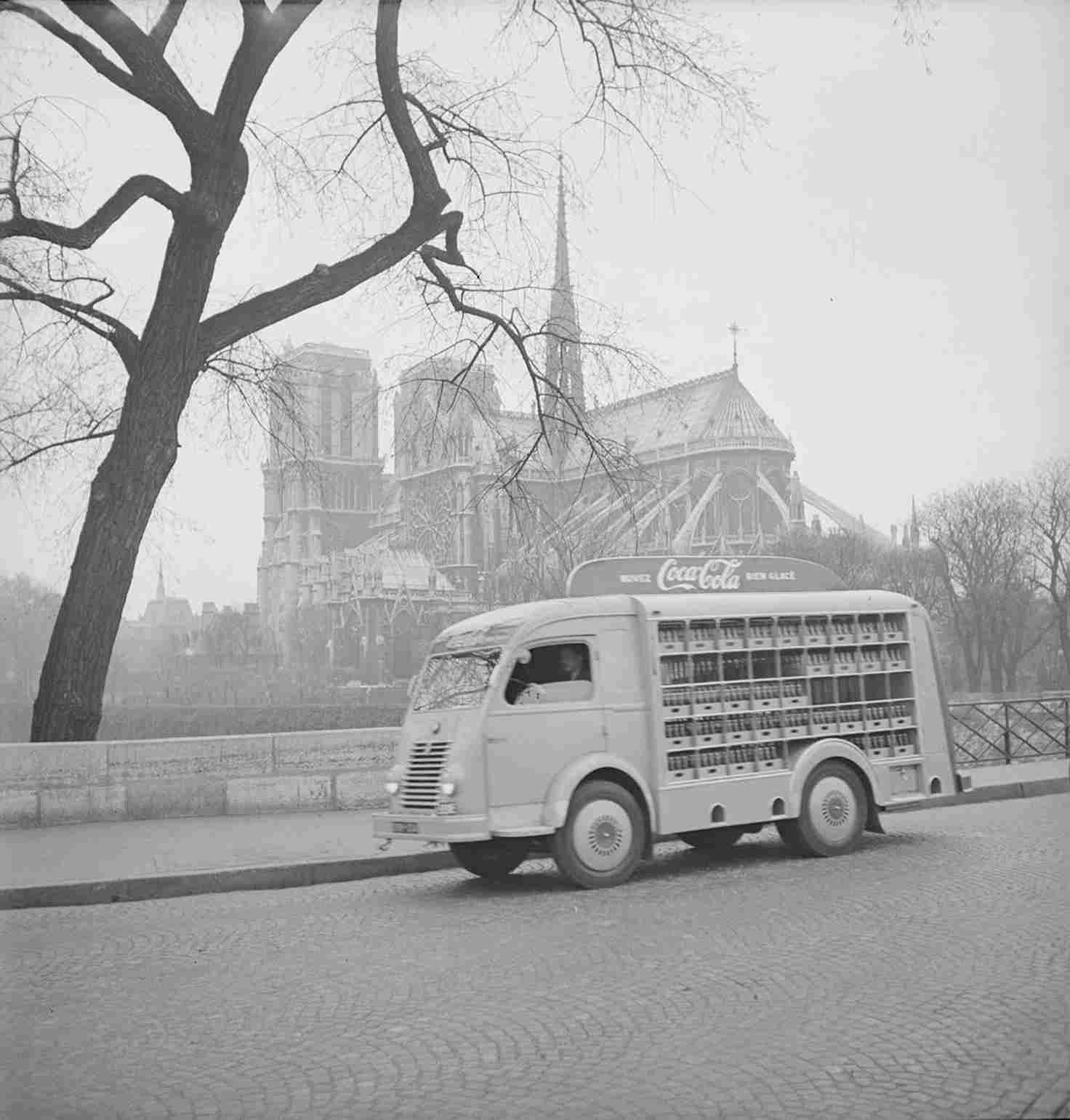
Under the slogan “Drink Fresh,” Coca-Cola vans toured French streets, and salesmen distributed samples to adults and children.
This marketing effort, called “La révolution du froid” (The Cold Revolution), aimed to introduce Coca-Cola to the French public. However, as photos from the time show, many French people were initially unimpressed by the taste.
Coca-Cola faced significant resistance in France, partly because it symbolized American capitalism. The French public was wary of allowing American enterprises to dominate.
There were even threats of barricades in Paris when Coca-Cola sought a license to bottle their drink locally. The French public’s reluctance stemmed from a desire to protect their own cultural and economic independence.
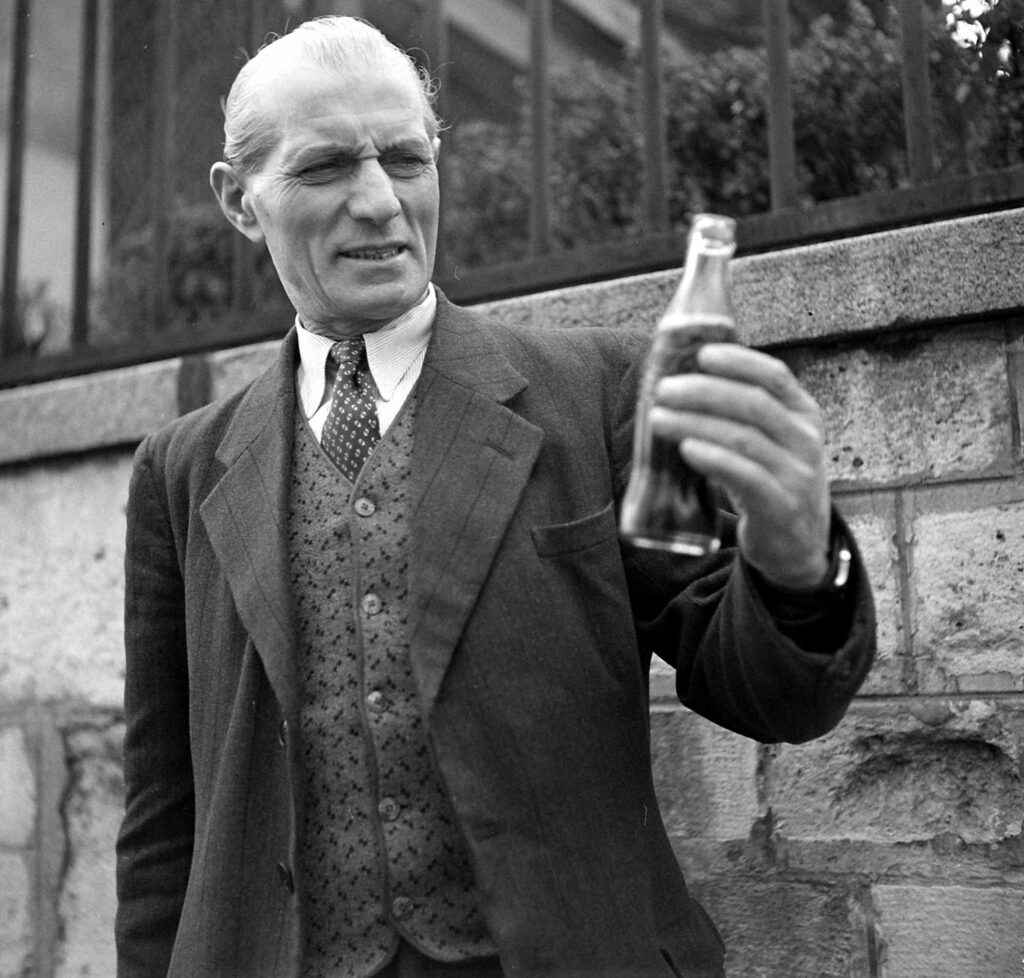
Despite the initial pushback, Coca-Cola eventually established a factory in France. This increased the production and consumption of the beverage, although the French version of Coke differs slightly from the American recipe.
Created in the late 19th century as a pseudo-medicinal beverage, Coca-Cola evolved into a symbol of American culture, but the French remained skeptical of this widely-marketed, nonalcoholic drink.
Photographer Mark Kauffman captured images of Coca-Cola delivery trucks navigating the streets of Paris in 1950, with slogans like “Buvez Coca-Cola Bien Glace” (Drink Ice Cold Coca-Cola) displayed prominently.
While some French people were intrigued, others, including winegrowers, expressed concern that the drink was addictive.
Despite these protests, Coca-Cola received a license in 1952, and its consumption in France began to grow, although the French still drink less Coke per capita than other European countries.
More photographs of the genuine reactions of the French trying the drink
1. A man in a beret spits a mouthful of Coca-Cola at the camera – Paris, France, 1950
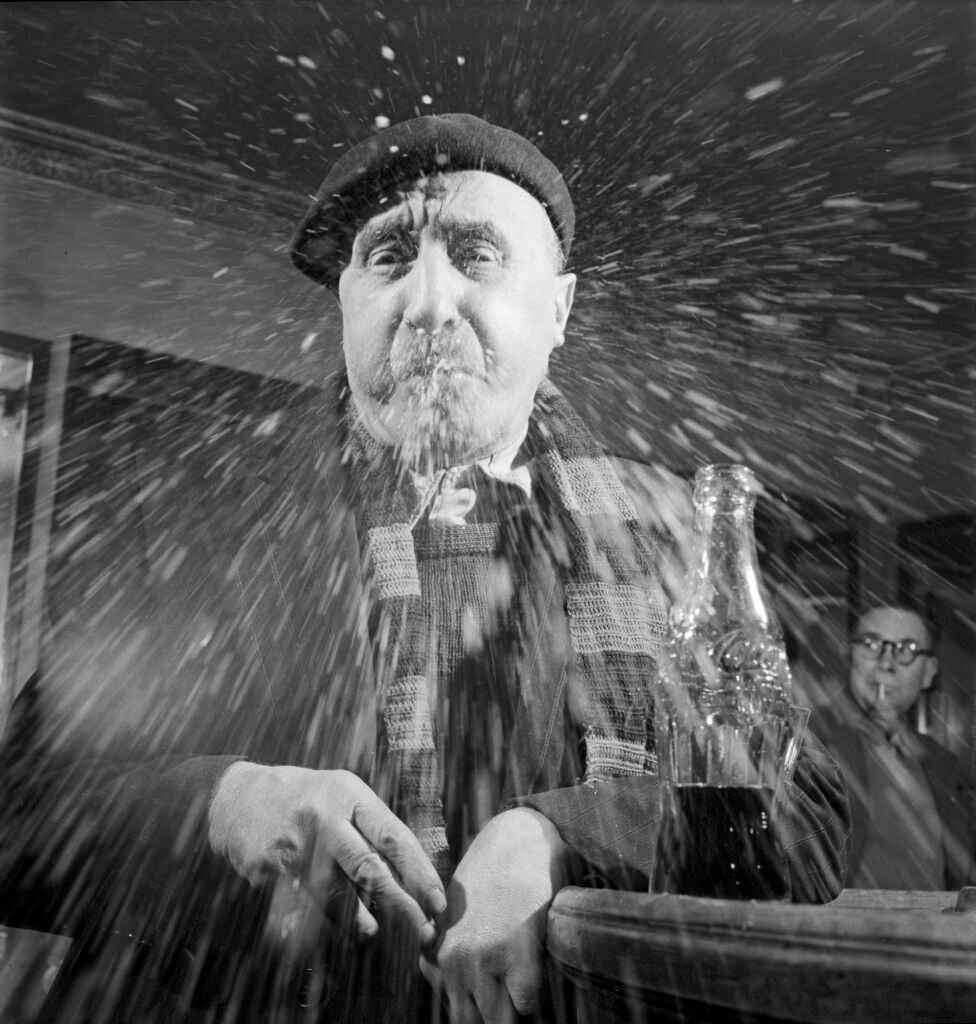
2. Couple drinking Cola-Cola at a French Cafe in Paris, 1950
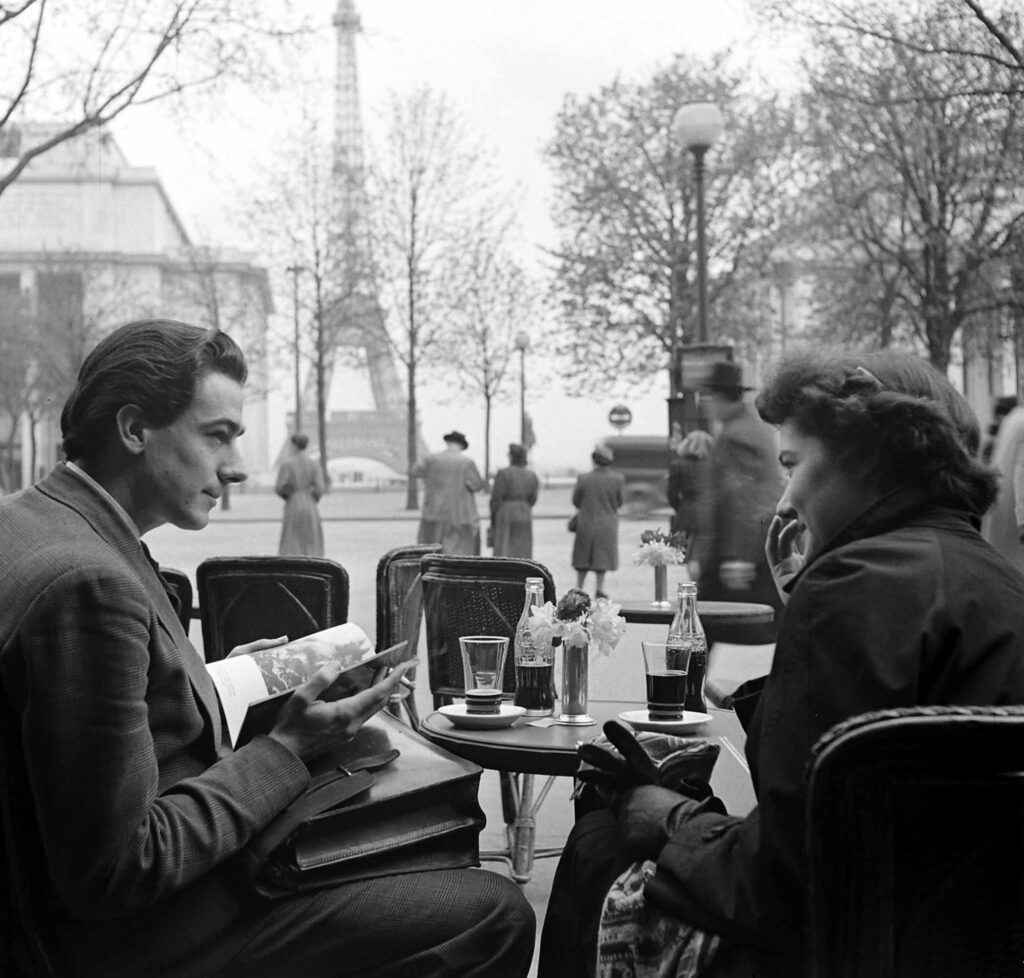
3. A Coca-Cola delivery driver sits in the open door of his truck while on a break, France, 1950
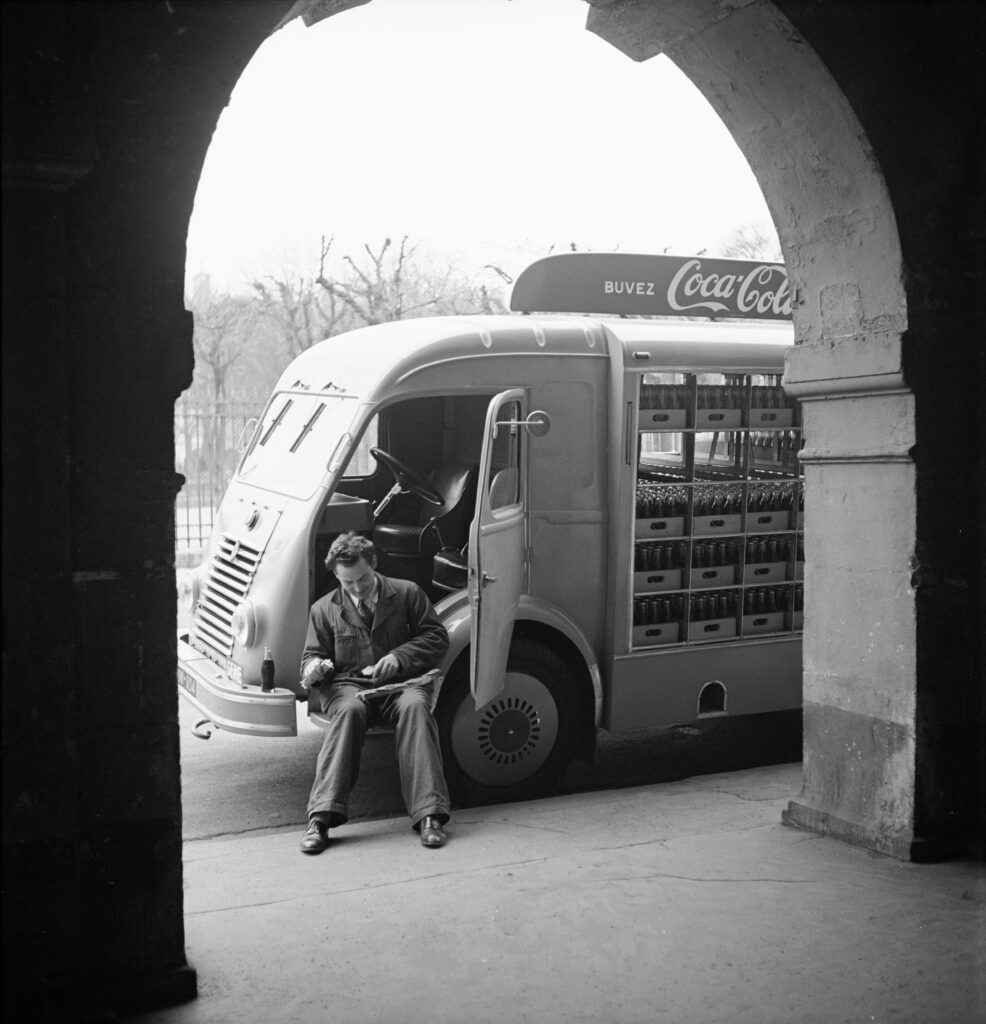
4. Woman drinking Coca-Cola at a wine shop in Paris, France, 1950
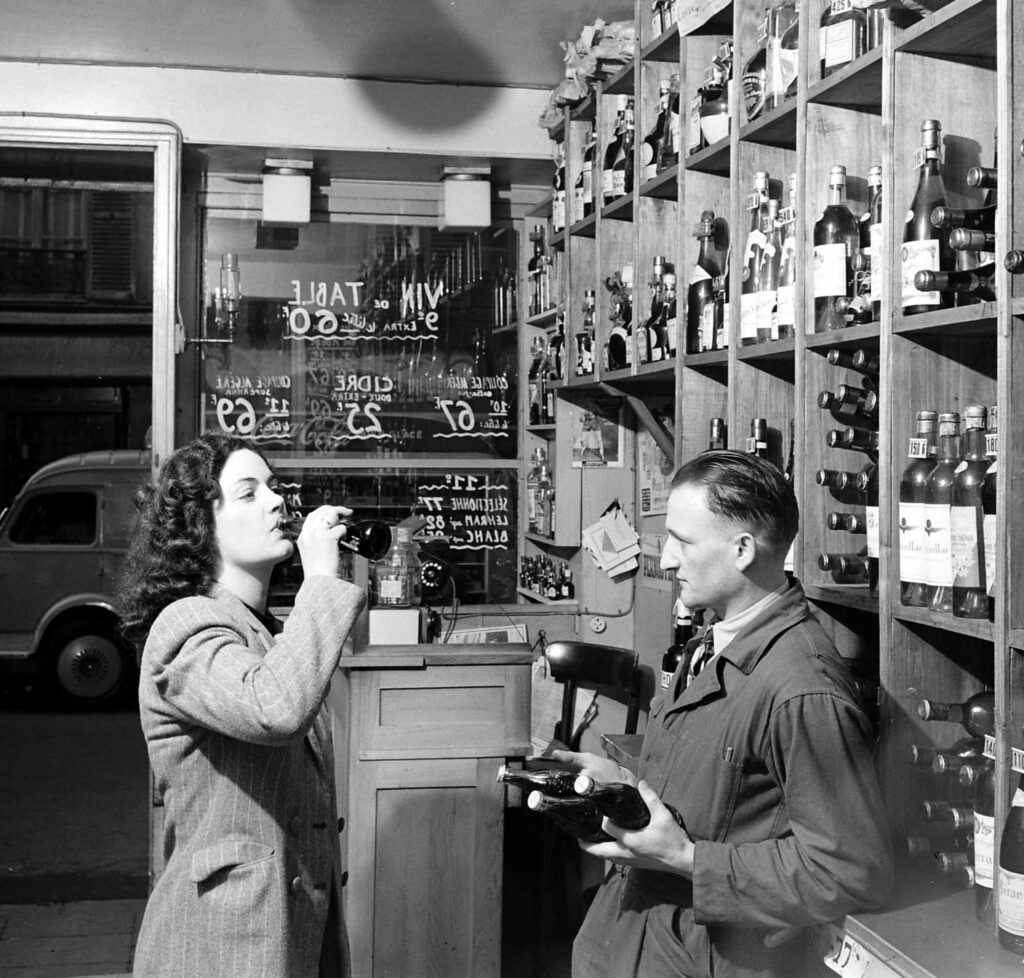
5. Coca-Cola representative pouring a glass of Coke for a Parisian to taste, 1950
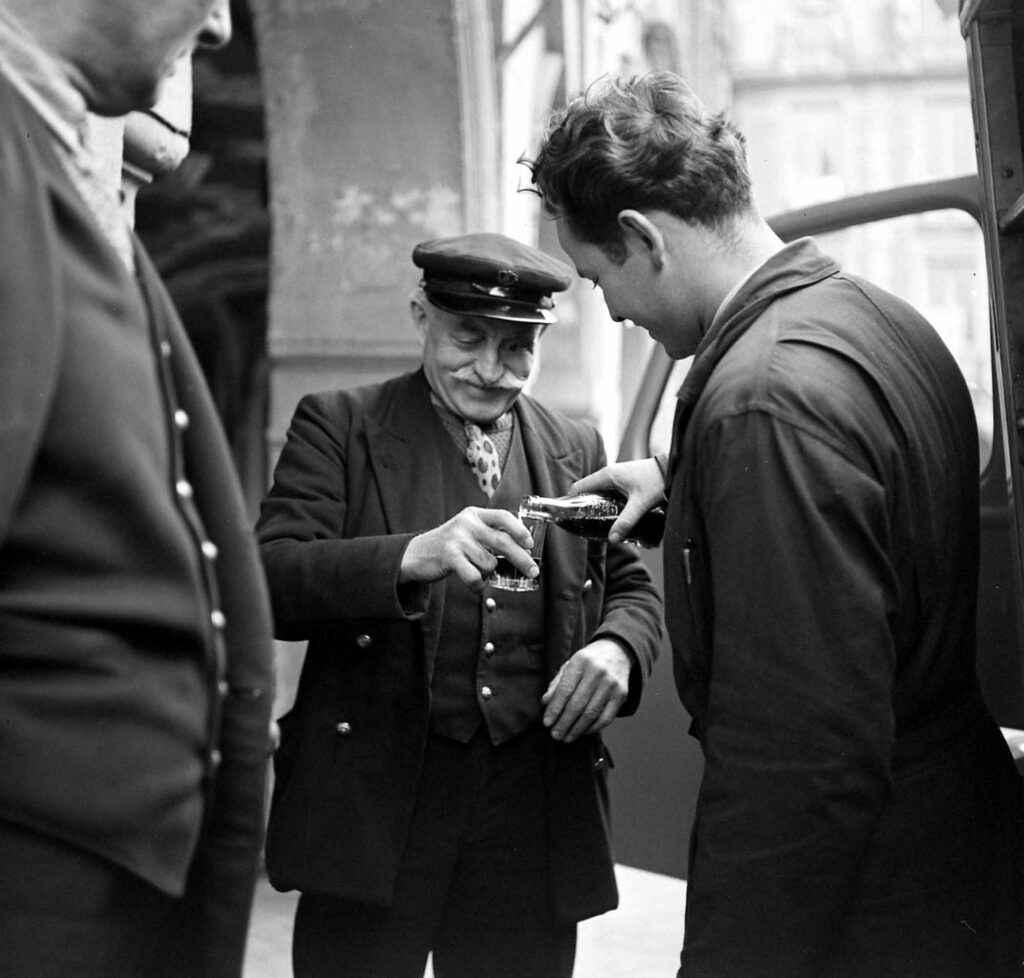
6. Coca-Cola truck driving through Paris, France, 1950
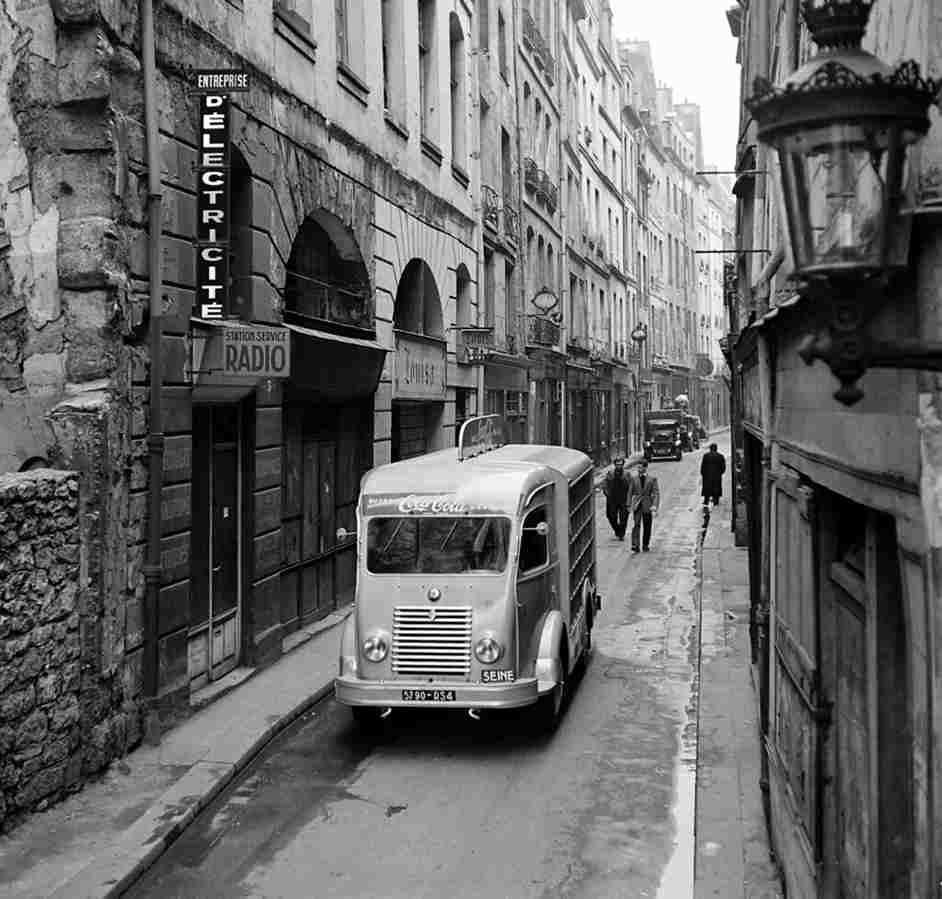
7. Coca-Cola comes to France, 1950
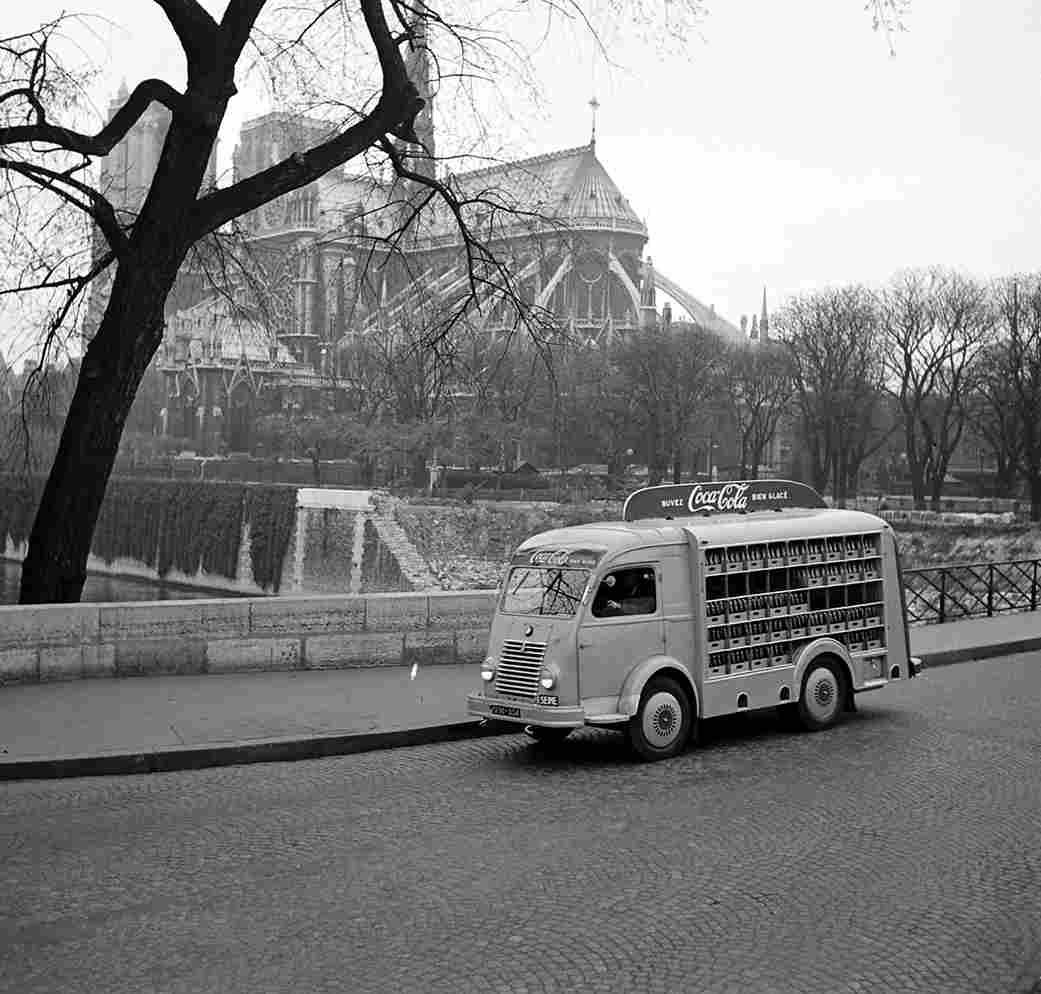
8. Coca-Cola truck driving past Notre Dame Cathedral in Paris, France, 1950
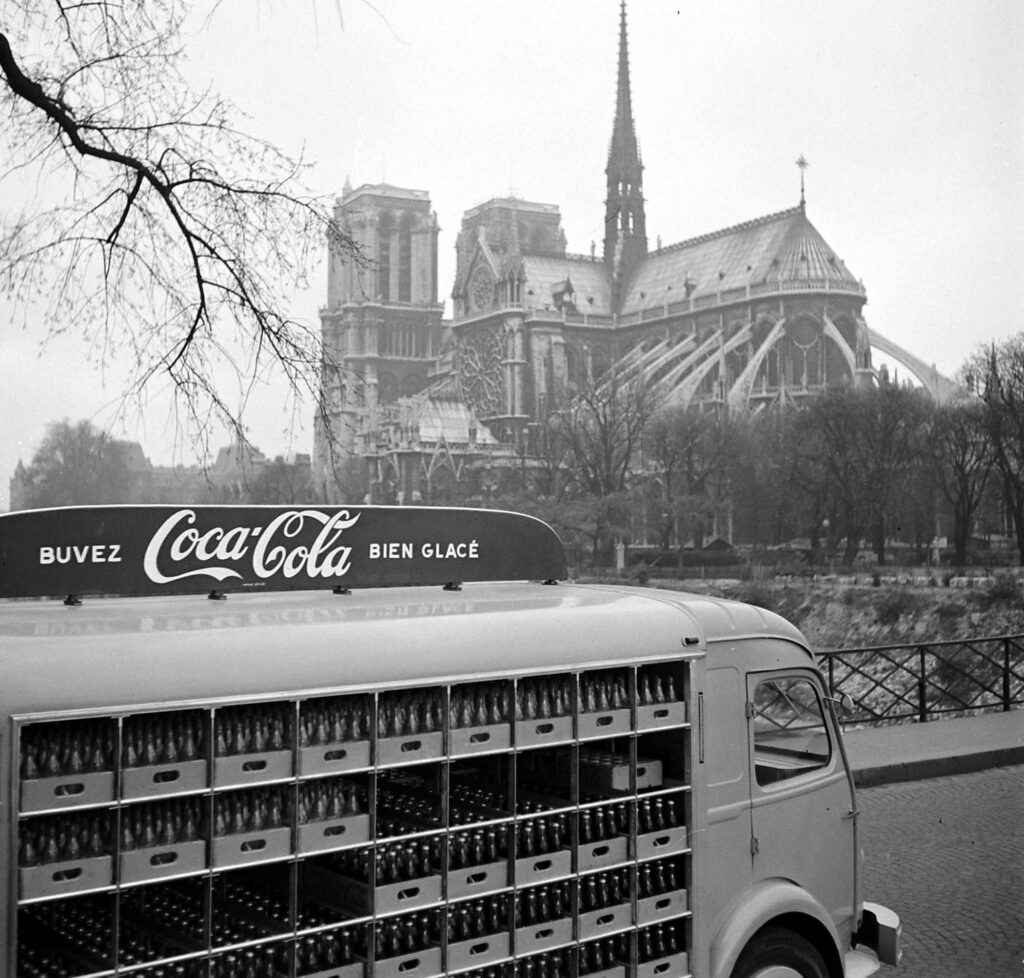
9. Coca-Cola trucks in France, 1950
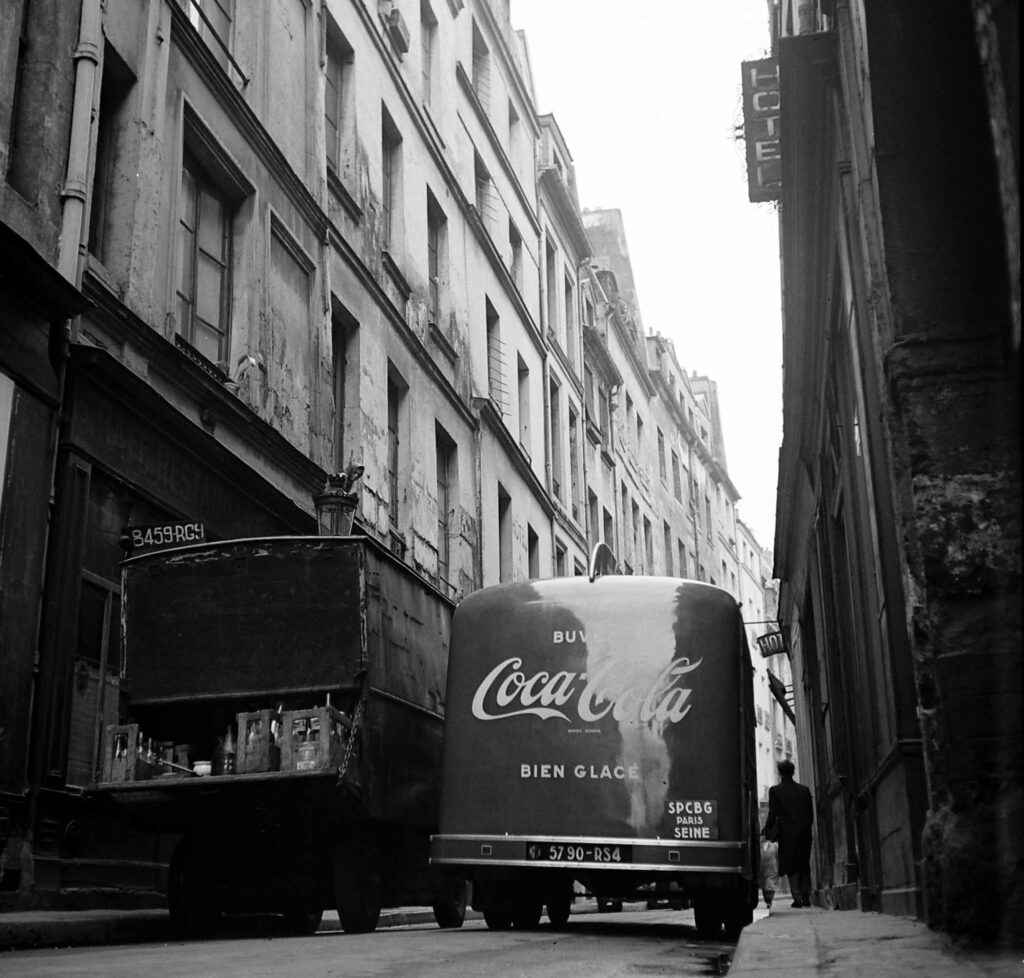
10. A young boy tasting Coca Cola

11. To get Parisians to part with their beloved wine was going to be one tough feat
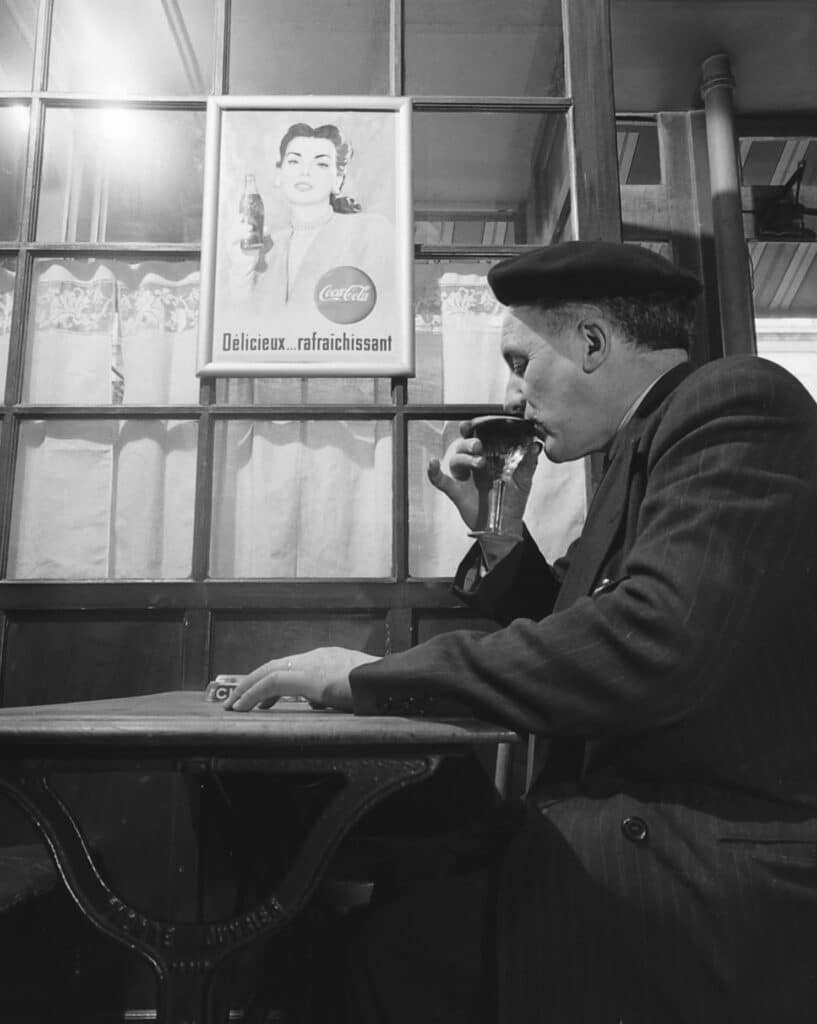
12. Several unidentified men drink bottles of Coca-Cola, in Paris, France

13. People buying Coca-Cola at an air exhibition

14. In a Paris shop, a man pours a bottle of Coca-Cola into a glass held by an elderly woman

15. A young woman drinks a bottle of Coca-Cola in a Paris shop

16. Taking to the streets of the capital to distribute marketing material in Parisian cafés and give samples to adults and children

17. A group of people trying the Coca-Cola

18. Men tasting Coca-Cola in France, 1950

19. A man trying the Coca Cola drink for the first time ever

20. Coke comes to France


